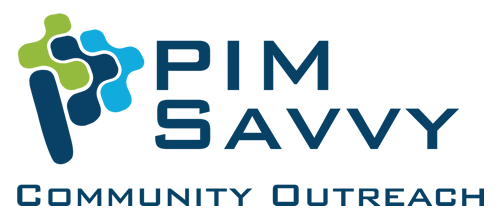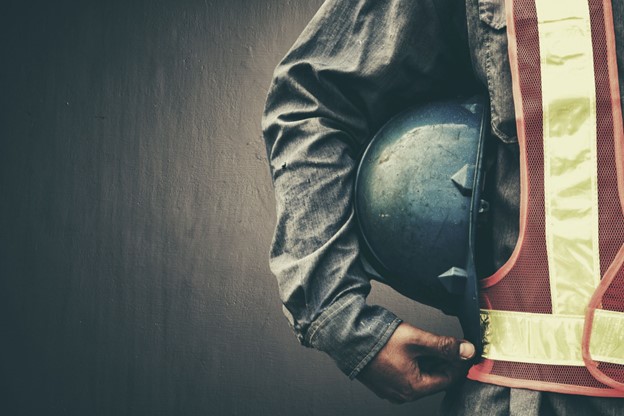Depending on the hazards in your workplace, workers may need to use personal protective equipment, commonly known as PPE. PPE is worn to minimize exposure to hazards that cause serious workplace injuries and illnesses. In other words, PPE protects the eyes, face, head, body, arms, hands, legs, and feet from hazards.
According to Washington state law, an employer’s responsibility is to make sure employees have, use, and care for the appropriate personal protective equipment (PPE).
Illnesses and injuries may result from contact with electrical, mechanical, chemical, radiological or other workplace hazards.
PPE examples include:
- Helmets/hard hats
- Eye Protection, e.g., goggles
- Protective gloves
- Head covers
- Disposable coveralls
- Steel-toe safety shoes
- Safety boots
- Protective shields
- Barriers
- Rubber slickers
- Respirators
- High-visibility vests
- Full body suits
- Hearing protection, e.g., earplugs
5 Tips to Ensure Proper Use of PPE
- Before PPE is used, conduct and document a PPE assessment to identify hazards.
- Determine what PPE is appropriate.
- Educate workers about when it is necessary to use the PPE, what type of PPE should be used, how to put it on, adjust it, wear it and take it off.
- Maintain all PPE in a clean and reliable fashion.
- Ensure it fits comfortably for each worker that will use it because that encourages worker use. Furthermore, when it does not fit properly, a worker may be dangerously exposed to the hazard.
3 Additional Helpful Tips on PPE
- Don’t forget to address PPE in your required Accident Prevention Program. The APP should list hazards present, the selection, maintenance and use of the PPE, details about training and the cadence of it, and monitoring of the PPE program to ensure its ongoing effectiveness.
- Provide worker training to ensure proper use, care and maintenance of the PPE.
- Workers should also be trained on limitations of the equipment, the useful life and disposal of the equipment.
If you have questions, please reach out. Failure to comply with L&I and OSHA safety and health regulations invites warnings and fines.
PIM Savvy is ready to help you with these and other topics individually over the phone, via online meetings, or in person at one of our workshops. We have safety and labor expertise to share with you and we can connect you with L&I. Not only that, in partnership with L&I, these services are FREE to you!
Cheers!
PIM Savvy Inc.
Additional Resources:
L&I Link to Personal Protection Equipment (PPE) Information

